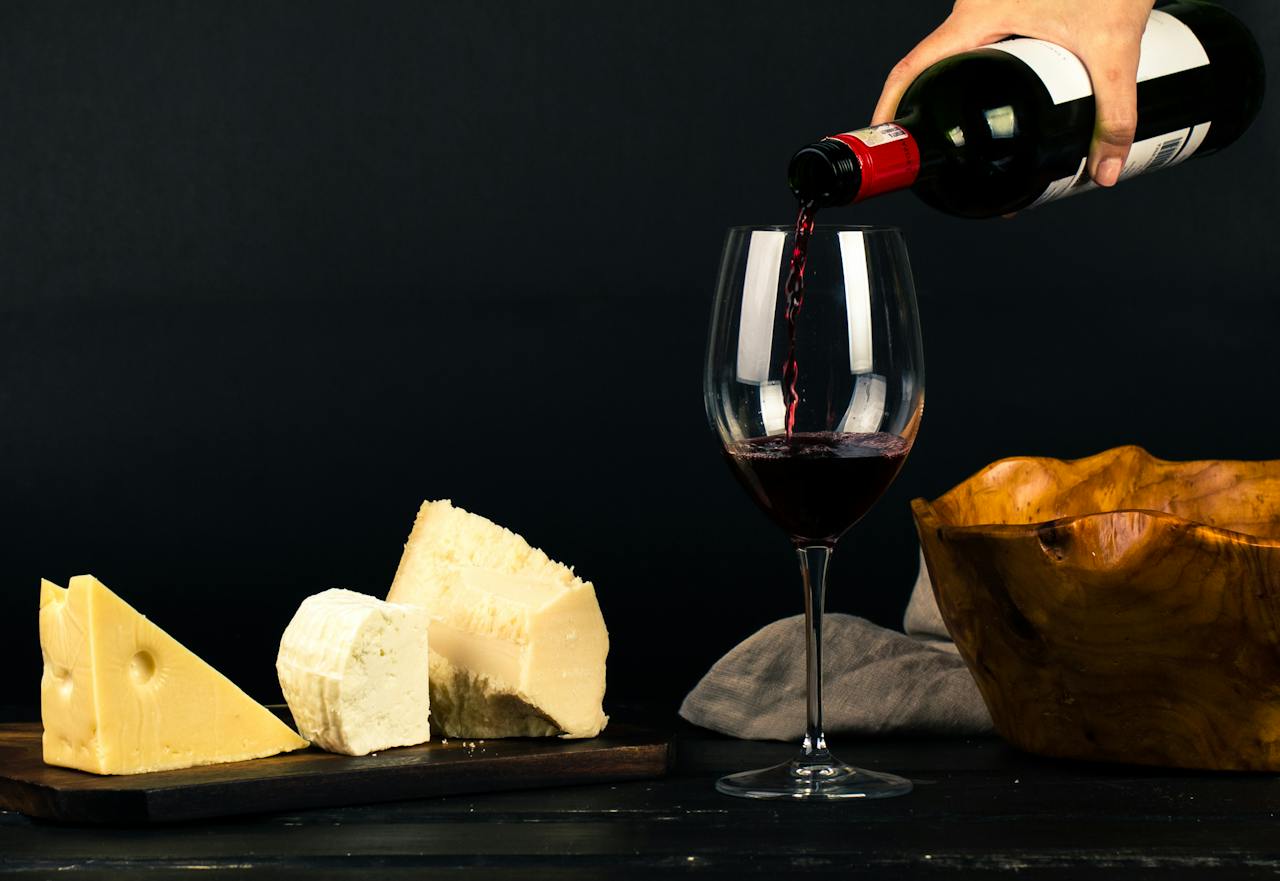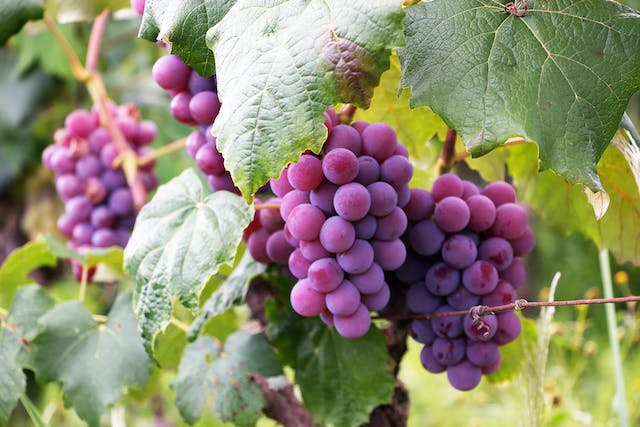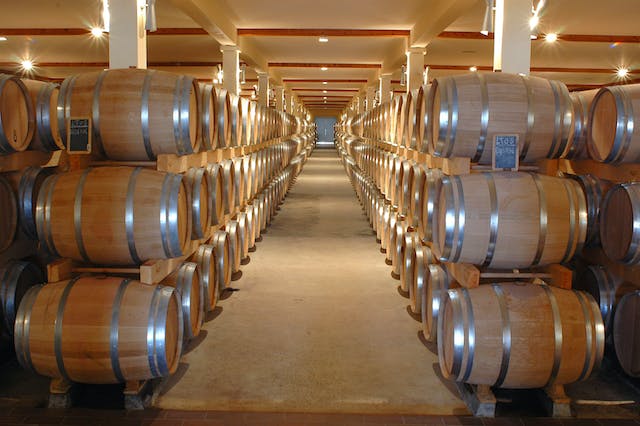Comments
- No comments found

A great wine feels like a work of art. As much as the beverage industry leans into that image, winemaking isn’t all feeling and crafting.
There’s a lot of science behind winemaking, too.
Humans have been making wine for thousands of years — predating many ancient civilisations. While Bronze Age winemakers may not have known all the science behind what they did, turning grapes into alcohol involves some rather complex chemistry. As people have refined the process over millennia, it’s become an even more scientific venture.
Here’s a closer look at winemaking chemistry.

Winemaking starts with farming grapes — a process called viticulture. This is also where the science begins. As you may have noticed from reading a few labels, location is a big deal in wine. That’s because of something winemakers call “terroir.”
A wine’s terroir is the combination of environmental factors that give grapes a distinct flavour profile. These include the soil chemistry, the area’s sunlight and rainfall, temperature fluctuations and the kind of grape you’re growing. Even a subtle change — like a higher pH level in the water or more potassium in the soil — will change the grape’s chemistry, resulting in a different flavour.
Growing and harvesting grapes is a highly scientific process. Many modern farmers use smart devices to monitor the soil or track water quality, ensuring they get the right mix of factors to produce the desired flavour profile. This precision monitoring, along with genetic engineering, also helps increase crop yields.
Now for the exciting part! What’s the science behind winemaking? Once the grapes have matured and farmers have harvested them, it’s time to turn them into wine. You’d only get grape juice if all you did was squeeze and sweeten the grapes. To get alcohol, you need to ferment that juice.
Winemakers take the crushed grapes and add sugar, yeast and water to them in an airtight fermentation tank. Yeast eats sugar and converts it into alcohol and carbon dioxide. The same process causes bread to rise — that CO2 creates air pockets in the dough. The carbon dioxide is released into the air and the alcohol stays behind in the liquid.
Fermentation is a delicate and time-consuming process. Yeast is sensitive to temperature, so the fermentation tanks must retain enough heat to remain active but not so much that it dies. Regularly measuring the liquid’s pH levels and sugar content helps ensure everything is on track.
Many winemakers add citric acid, amino acids and phosphates to the fermentation tank. These additives provide sufficient nutrients for the yeast to survive and ensure an ideal pH level. The wine will be overly tart if the acidity is too high, but not enough acid means it’ll taste bland.
As the labels will tell you, many wines also contain sulphites. These sulphur compounds prevent bacteria from forming in the fermentation tank. Some people have an allergy to sulphites — which is why winemakers must disclose their presence on their labels — but for most consumers, they’re perfectly safe.

After a few months of fermentation, the wine must age. Like many other aspects of winemaking chemistry, the specifics of this process vary from vintage to vintage.
Some winemakers put wine directly from the fermentation tank into bottles to age. Others place it in wooden barrels to age before bottling. In either case, they must use pressurised air to transfer the wine. This pressure keeps air and water away from the containers to prevent spoilage, as contaminants in water and oxygen could interact with the remaining yeast.
Ageing is about more than justifying a higher price tag. All the organic compounds in the wine continue to interact over time. The most important of these are tannins, which come from the grape skins and create wine’s astringent flavour and mouthfeel.
As time goes on, tannins bind together to create sediment, mellowing the wine’s tannic profile. It typically takes around six months for the wine’s tannin content to be pleasant, but some wines must age for longer.
Ageing in oak barrels introduces even more science behind winemaking. The wood will expand and contract as temperatures fluctuate, drawing wine in and expelling it. Consequently, the longer wine spends in a barrel, the more woody flavours it acquires.
Once winemakers decide their wine has aged enough, they bottle and ship it out. However, the science behind winemaking doesn’t stop there. How you pour and serve the wine can also impact its flavour and aroma.
The secret to a proper pour is aeration — letting the wine contact the air. Oxygen causes less desirable compounds to evaporate, mellowing the wine’s aroma. Oxidation also enables a broader depth of flavour by interacting with the organic compounds in the wine. This same process also means the wine that’s aerated too long may smell and taste flat.
Some types of wine have even more science involved in them. You need to apply some extra chemistry to get the bubbles in bubbly. The easiest way is to inject CO2 into a wine, much like how you’d carbonate soda. However, many sparkling wines use a natural carbonation process called the “méthode champenoise.”
The méthode champenoise creates bubbles through fermentation. Remember, the other byproduct of yeast, besides alcohol, is CO2. So, to carbonate their bubbly, winemakers add more sugar and yeast to the wine in a bottle. They then store bottles at an angle and rotate them slightly every day to agitate the yeast and the sediment it leaves behind.
Unlike in a larger fermentation tank, the CO2 from the yeast has nowhere to go in the wine bottle. As a result, it stays within the liquid in the form of bubbles. After enough time has passed, winemakers will remove the sediment and recap the bottle, now home to a host of naturally occurring CO2 bubbles.
From cultivating a grape’s specific terroir to oxidising wine when you pour it, there’s a lot of science behind winemaking. The laws of science enabling these processes have remained unchanged for as long as humans have made wine, but the more they’ve learned about them, the more they’ve capitalised on them.
Now that you know the chemistry of winemaking, you may appreciate your glass a little more. It’s not just a delicious concoction — it’s the product of thousands of years of scientific research.
Emily Newton is the Editor-in-Chief of Revolutionized. She is a science and technology journalist with over three years covering industry trends and research.
Leave your comments
Post comment as a guest